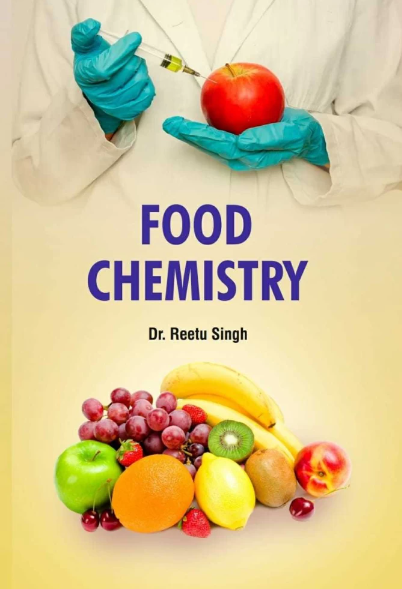开发一种用于检测特级初榨橄榄油中低水平掺假的时间分辨激光诱导荧光指纹方法
IF 8.5
1区 农林科学
Q1 CHEMISTRY, APPLIED
引用次数: 0
摘要
本文章由计算机程序翻译,如有差异,请以英文原文为准。
Development of a time-resolved laser-induced fluorescence fingerprinting method for detecting low-level adulteration in extra virgin olive oil
Adulteration identification in extra virgin olive oil (EVOO) is a significant concern in the olive oil industry. This study aimed to detect low-level adulteration of EVOO with other edible oils by using a novel time-resolved laser-induced fluorescence (TRLIF) fingerprinting method. Five EVOO brands were first analyzed to assess its potential for classification based on their differing fluorophore content. The developed method effectively reduces the effects associated with the optical path length and excitation light intensity. Subsequently, three sets of binary mixtures were tested: EVOO adulterated with refined olive oil, soybean oil, and sunflower oil. Quantitative analysis was performed using parallel factor analysis, which achieved a cross-validation coefficient of determination (R2) exceeding 0.90, with a prediction error < 1.40 %. These findings demonstrate that this method has the potential to determine the purity and quality of EVOO.
求助全文
通过发布文献求助,成功后即可免费获取论文全文。
去求助
来源期刊

Food Chemistry
工程技术-食品科技
CiteScore
16.30
自引率
10.20%
发文量
3130
审稿时长
122 days
期刊介绍:
Food Chemistry publishes original research papers dealing with the advancement of the chemistry and biochemistry of foods or the analytical methods/ approach used. All papers should focus on the novelty of the research carried out.
 求助内容:
求助内容: 应助结果提醒方式:
应助结果提醒方式:


